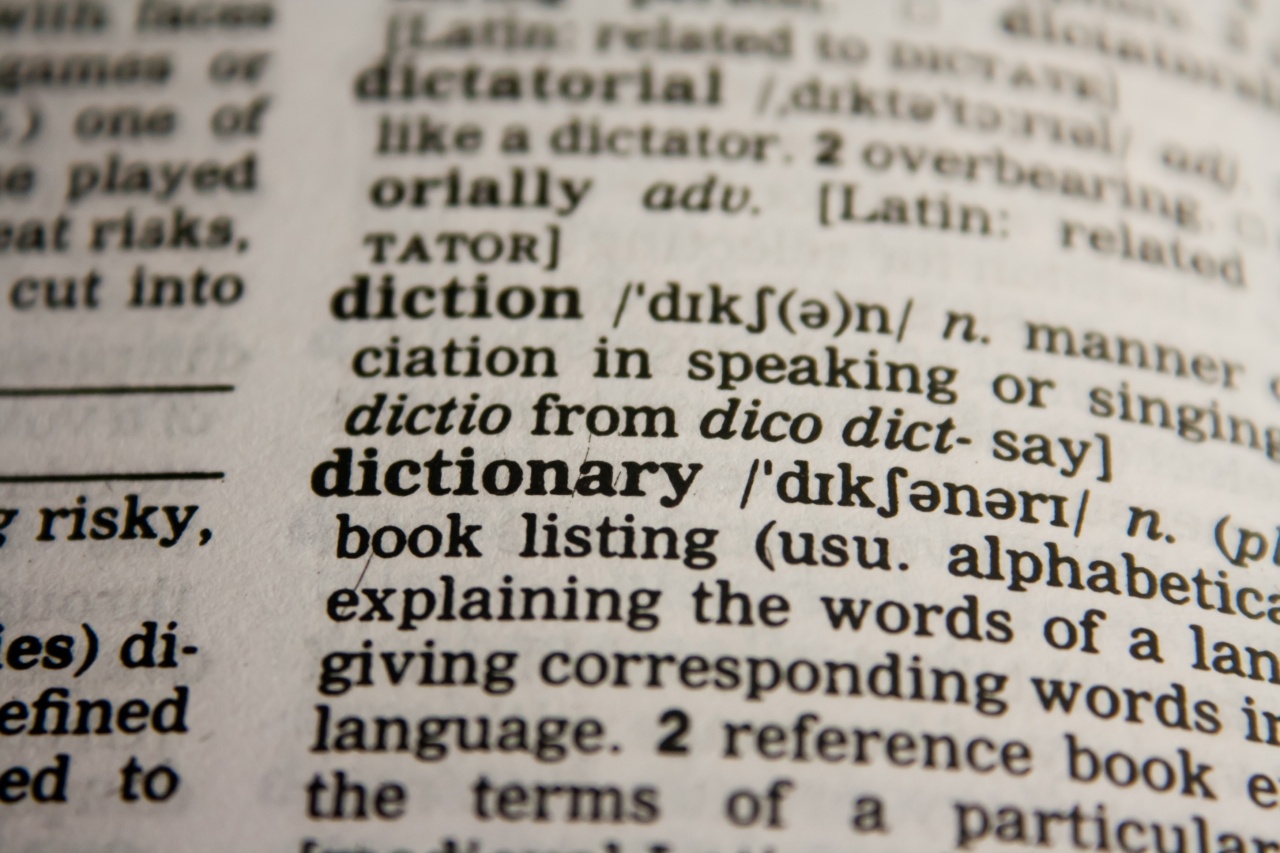Dogs communicate with us through a variety of signals, most notably their body language. By understanding and interpreting their body language, we can better communicate with our furry friends and ensure their well-being.
In this article, we will explore the different aspects of reading your dog’s body language and help you build a stronger bond with your canine companion.
1. Tail Position
The position of a dog’s tail can reveal a lot about their current emotional state. A wagging tail usually indicates happiness and joy. However, the speed and height of the wag can convey different messages.
A fast and high tail wag suggests excitement, while a slow and low wag may indicate insecurity or caution. A tucked tail, where the tail is held tightly between the hind legs, generally signifies fear or submission.
2. Ears
The position and movement of a dog’s ears can provide insight into their mood. When a dog’s ears are erect and facing forward, it generally means they are alert and focused.
Conversely, if their ears are pressed flat against their head, it often indicates fear, anxiety, or submission. One ear up and one ear down could suggest curiosity or uncertainty.
3. Eye Contact
Eye contact is essential in human communication, but it can also convey various messages in the dog world. A relaxed and soft gaze usually communicates friendliness and trust.
On the other hand, direct and intense eye contact can be perceived as a threat or challenge, especially if accompanied by a stiff posture. It’s important to note that some dogs may avoid eye contact when feeling fearful or anxious.
4. Body Posture
A dog’s overall body posture speaks volumes about their intentions and emotional state. A relaxed and neutral stance typically indicates a calm and friendly attitude.
On the contrary, a stiff, rigid body with raised hackles might signify aggression or fear. Additionally, if a dog leans backward or cowers, it’s often a sign of submission or discomfort.
5. Barking and Vocalizations
While barking is a fundamental way for dogs to communicate, the tone and intensity of their vocalizations can convey different messages.
A high-pitched bark typically indicates excitement or playfulness, while a low, growling bark may signal aggression or warning. Yelps or whimpers could suggest fear or pain. By carefully listening to your dog’s barks and vocalizations, you can better understand their needs and emotions.
6. Licking and Lip Movements
When dogs lick their lips or nose, it can indicate various emotions. While some lip licking could simply be a result of a tasty treat, excessive or repetitive licking can be a sign of stress or anxiety.
Dogs may also use lip smacking or tongue flicking as a way to appease or calm down a tense situation.
7. Yawning and Panting
Contrary to popular belief, dogs don’t always yawn because they are tired. In many cases, yawning is a stress signal used by dogs to communicate discomfort or anxiety. Similarly, excessive panting can be a sign of stress, fear, or overheating.
It’s important to distinguish between normal panting after exercise and panting that occurs in stressful situations.
8. Hackles and Raised Fur
When a dog’s fur stands up along their back and shoulders, it’s known as piloerection or raised hackles. This physical reaction is an involuntary response to certain stimuli, such as fear, aggression, or excitement.
Raised hackles do not always indicate aggression; it’s crucial to consider other body language signals to understand the dog’s true emotional state.
9. Play Bow
A play bow is when a dog lowers their front end with their rear end in the air. It is a classic invitation to play and is often accompanied by a wagging tail.
The play bow signifies that the dog is in a playful and friendly mood, and they are ready to engage in a game with you or another dog.
10. Whining and Cowering
Whining and cowering are typically signs of fear, anxiety, or distress. Dogs may whine when they want attention, are in pain, or are anxious about a particular situation.
Cowering, where a dog lowers their body and head while avoiding eye contact, is often an indication of intense fear or submission.





























